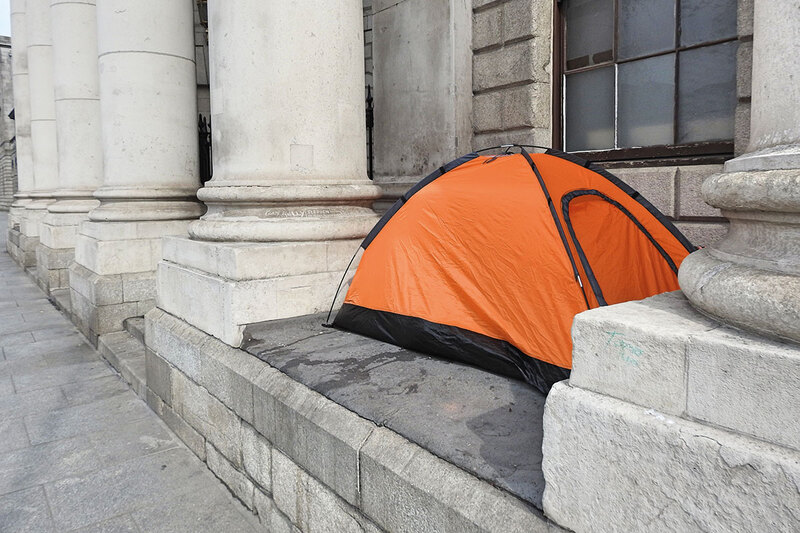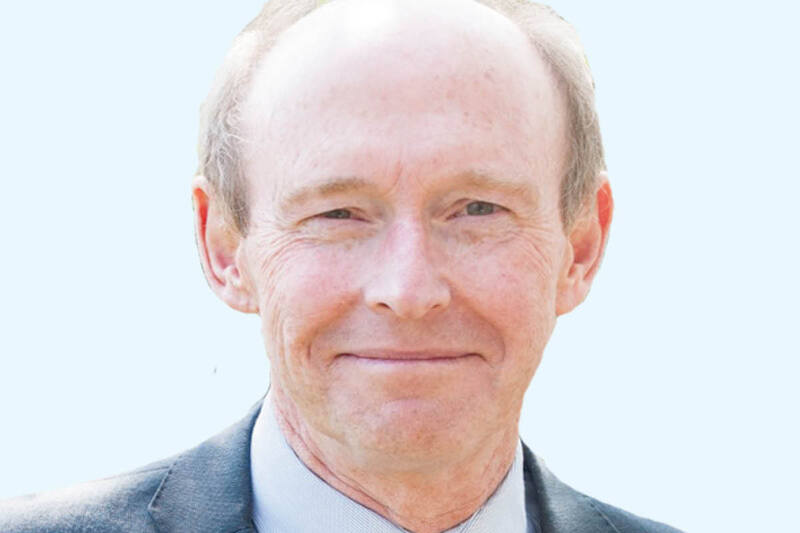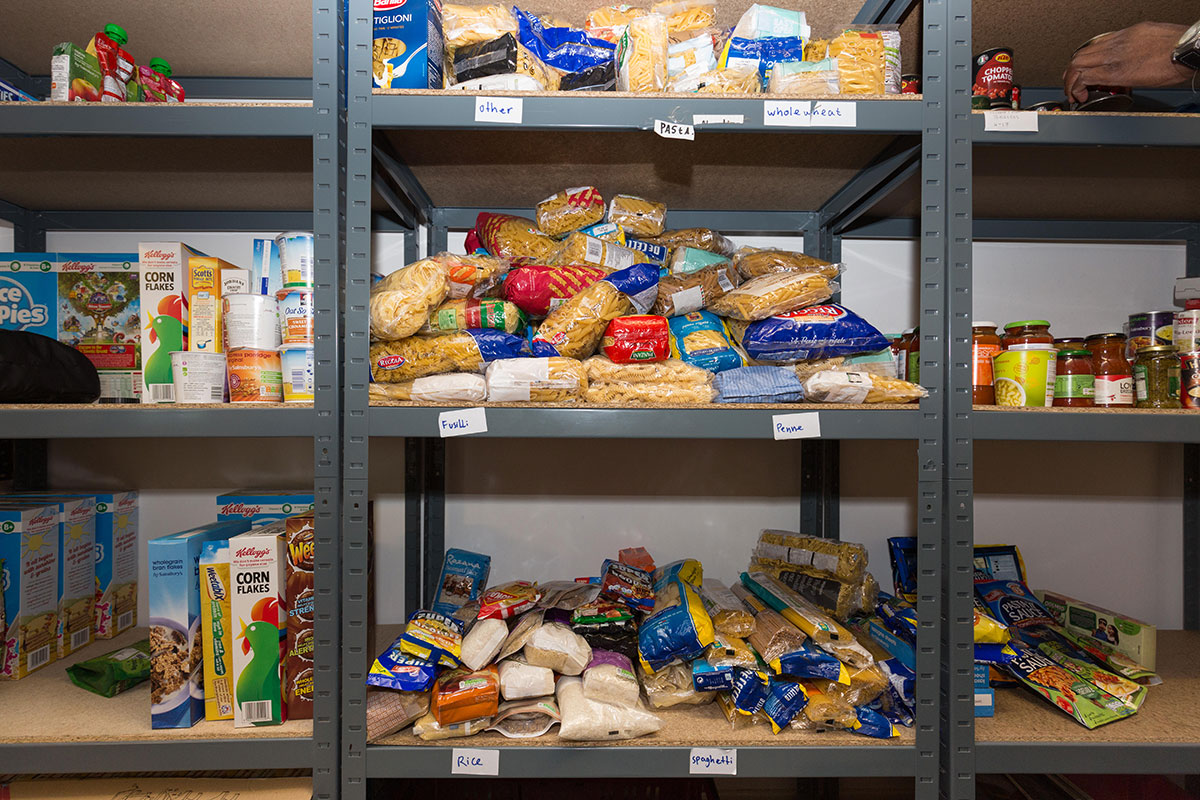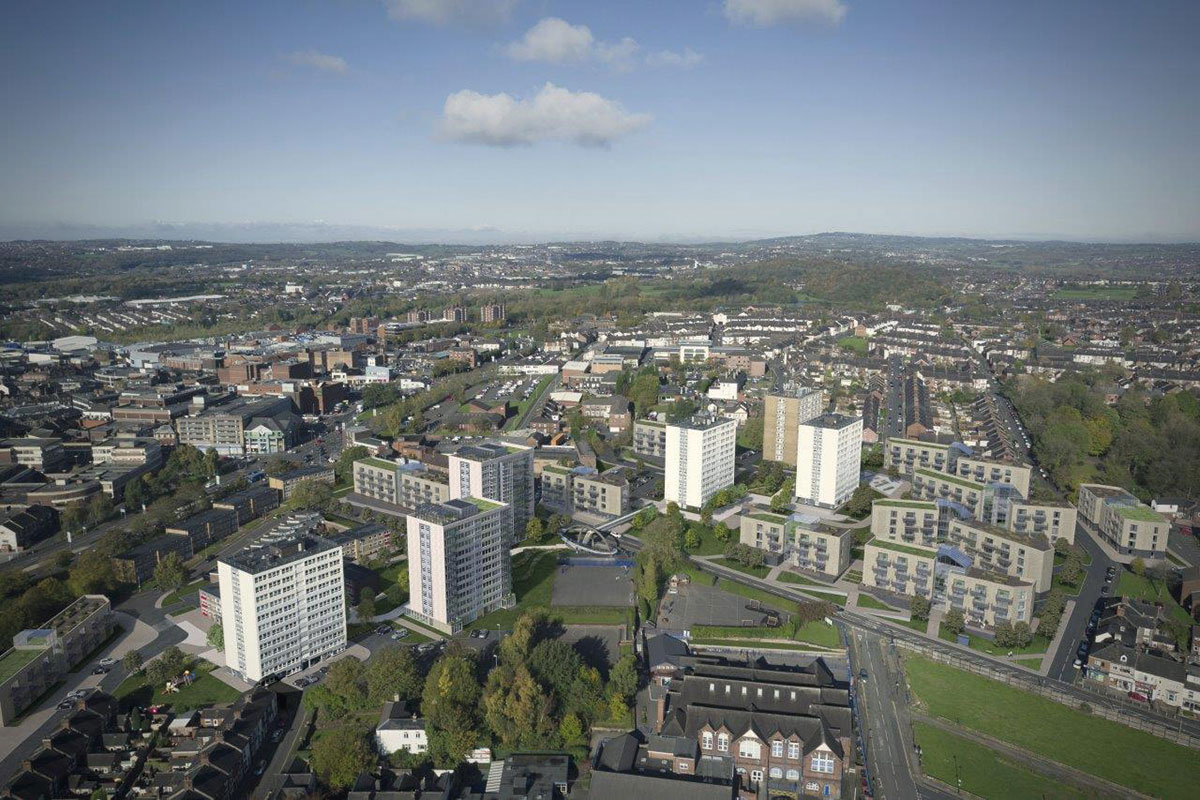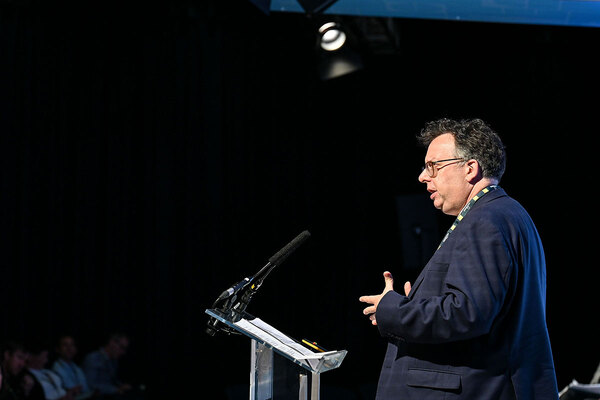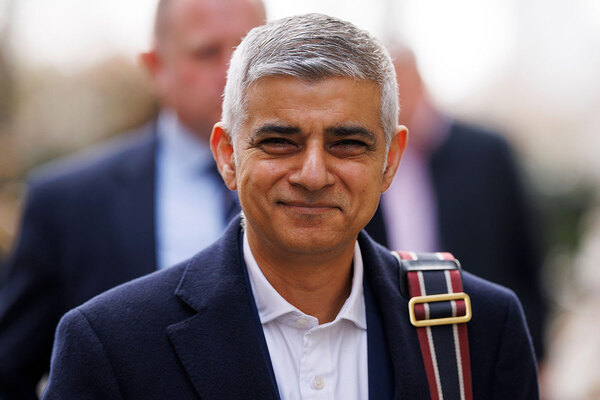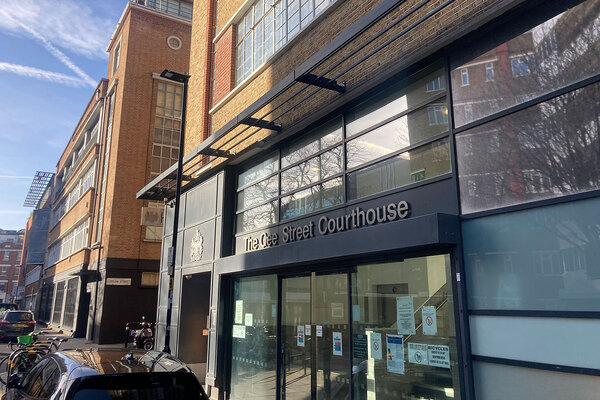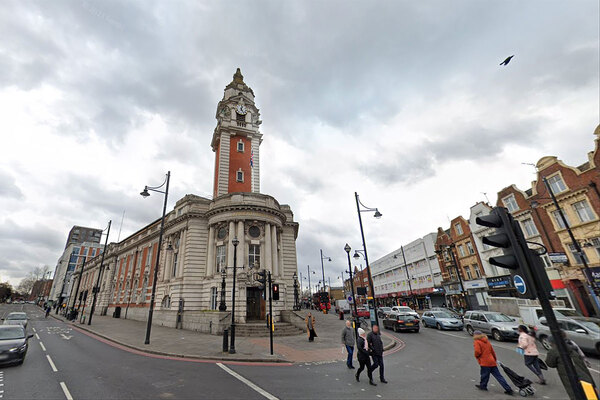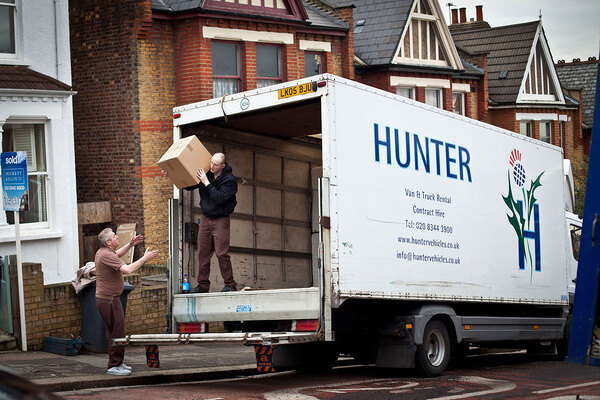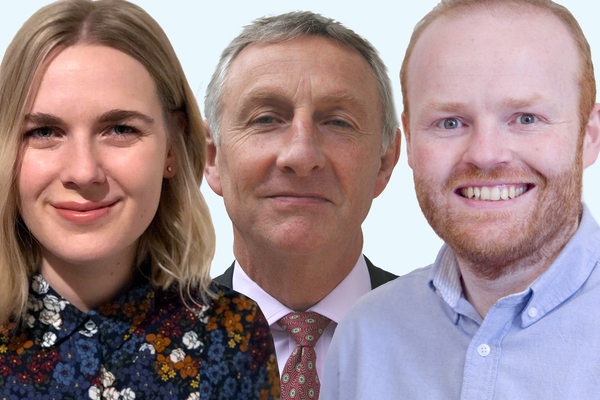You are viewing 1 of your 1 free articles
 Rick Henderson
Rick HendersonRick Henderson is CEO of Homeless Link the national membership body for the homelessness sector in England with over 800 members. Prior ...more
Will the cost of living crisis scupper the government’s goal of ending rough sleeping?
The rising cost of living puts the government’s target to end homelessness in England by 2024 into doubt, says Rick Henderson
A cost of living crisis is upon us. The economic fall-out of the pandemic, coupled with the impact of the war in Ukraine, recently led the Bank of England to warn that household disposable incomes are likely to shrink by 2% this year, the biggest fall since records began in 1990.
Meanwhile, property website Zoopla has found that renters in the UK are paying £62 a month more than before the pandemic. It’s no wonder analysis by the Resolution Foundation has warned that the poorest households in the UK could see their cost of living jump by as high as 10% by autumn.
When cost of living increases, homelessness does too. Indeed, the recent homelessness monitor published by Crisis and Heriot-Watt University predicted that the number of people experiencing homelessness could increase by a third by 2024 due to a “tidal wave” of need.
This grim prediction flies in the face of the government’s stated target of ending rough sleeping by 2024. Theresa May had originally committed to ending rough sleeping by 2027 – but, ahead of the 2019 election, Boris Johnson decided to accelerate the target.
Even with the introduction of the Rough Sleeping Initiative funding for councils in 2018, rising numbers of people sleeping rough since 2010 meant ending rough sleeping all together by 2024 seemed ambitious.
But then the pandemic struck.
The government, local authorities and charities joined forces to bring everyone sleeping rough into their own accommodation in England to help slow the spread of COVID-19. At the same time, the government paused private sector evictions, a major route into homelessness, while increasing local authority rough sleeper funding.
“Services will do their utmost to support those who need help, but without affordable, stable housing options, they can only do so much”
This resulted in a 37% fall in rough sleeping between 2019 and 2020 in England. Then new figures out last month, verified by Homeless Link, showed that the trend was continuing, with the number of people sleeping rough on any given night falling by a further 9% in 2021.
This picture shows that rough sleeping is not inevitable – that, with some simple policy changes, we can one day see a society where it has all but been eradicated.
It has also meant the government has been making increasingly positive noises about fulfilling its aim of bringing the number down to close to zero by 2024.
It’s a commendable target and I respect the ambition. But I also spend a lot of time visiting homelessness services across the country. Many are deeply concerned about a new flow of people coming onto the streets as they are unable to keep up with rising costs.
Services will do their utmost to support those who need help, but without affordable, stable housing options, they can only do so much. Some will inevitably end up falling through gaps and onto the street.
The housing charity Shelter has called on the government to implement a long-term plan to deliver 3.1 million social homes. These are sorely needed, but, if the government is to get close to meeting its 2024 target, it also needs to address short-term issues.
It has promised to publish a white paper in the spring setting out some reforms of the private rented sector. This must be bold, ending no-fault evictions and implementing measures to make rents across the country far more affordable.
But the prescience of the situation means just setting out a policy agenda is not enough. In April 2019, the government announced an end to no-fault evictions from private rented tenancies, yet nearly three years down the line, the law is still in use. The reforms set out in the white paper must be pushed through parliament at a far quicker rate.
“[The PRS white paper] must be bold, ending no-fault evictions and implementing measures to make rents across the country far more affordable”
Meanwhile, thinktanks from across the political spectrum have also called on chancellor Rishi Sunak to significantly raise benefits in his coming Spring Statement to help low-income households deal with rising costs.
Doing so will give many households the means to withstand the pressures coming without toppling into homelessness, meaning that local authorities and homelessness services will not be overwhelmed.
The pandemic response to rough sleeping showed what happens when we act decisively in the face of sudden challenges. Channelling this ethos in the coming months will be critical to the government staying on course to meet its target of ending rough sleeping by 2024.
Rick Henderson, chief executive, Homeless Link
Sign up for our homelessness bulletin
Already have an account? Click here to manage your newsletters
